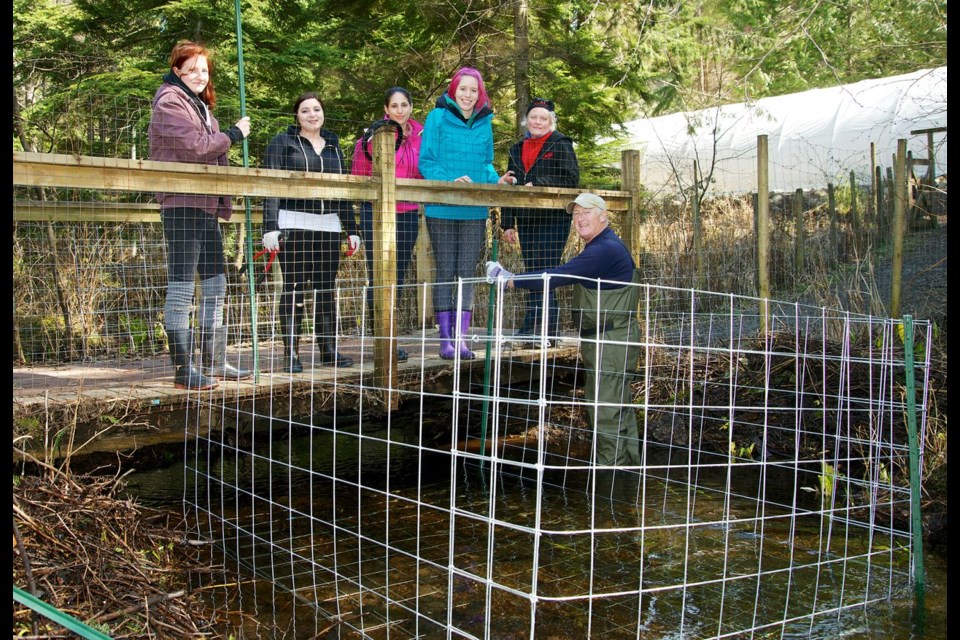It’s not always easy co-existing with wildlife on this island, but it’s definitely an aspect of rural living that most locals appreciate and respect. Being able to witness a family of
beavers, our national symbol, swimming along the shorelines of the lagoon is a rare treat for most. It’s unfortunate but these large nocturnal, semi-aquatic animals do have a reputation for being destructive. They chew down trees and dam brooks and streams.
Karen Munro, owner of the Dog Ranch, knows all too well what a family of beavers can do to the land and has been struggling with them for a while now. These busy creatures have been damming up the culverts located on her property. As fast as she clears the debris away, the beavers work just as hard to block them back up again. In most of the wetlands beavers call home, the water can divert around the dam.
Unfortunately, this is not the case at the Dog Ranch. The rising brook has flooded certain areas on her property, which has resulted in some very large and old cedar trees falling down because of drenched root systems. Desperately trying to find a compassionate solution, Munro enlisted the help of the Association for the Protection of Fur-Bearing Animals (APFA).
This organization works with residents and municipalities to help them deal with wildlife conflicts. Along with a group of LUSH cosmetics volunteers, APFA has created some defensive engineering around the culverts to prevent the beavers from building up against them. The idea is simple, creative, and effective but most importantly, humane. Eight-foot-long cages are used to prevent the beavers from accessing the culverts.
“It makes their job harder,” explains Adrian Nelson, director of communications for APFA. “It also keeps the beavers
farther away from the sounds of running water that instinctively drive them to dam up the area, and the trapezoid shape provides an unnatural edge for them to build against.”
Munro can already see a difference and believes the situation is now under control.
Did you know that beavers are family-oriented? They are also territorial so when you see a group of beavers, it’s a family, sometimes up to three generations.
For more information about beavers and APFA. visit the website at http://furbearerdefenders.com.



